The struggle for art at a no-fee school
PJ Simelane Secondary is the last no-fee school in Soweto to offer visual arts up to matric. Artist Senzeni Marasela and the staff are fighting to hold on to the programme.
Author:
5 May 2022
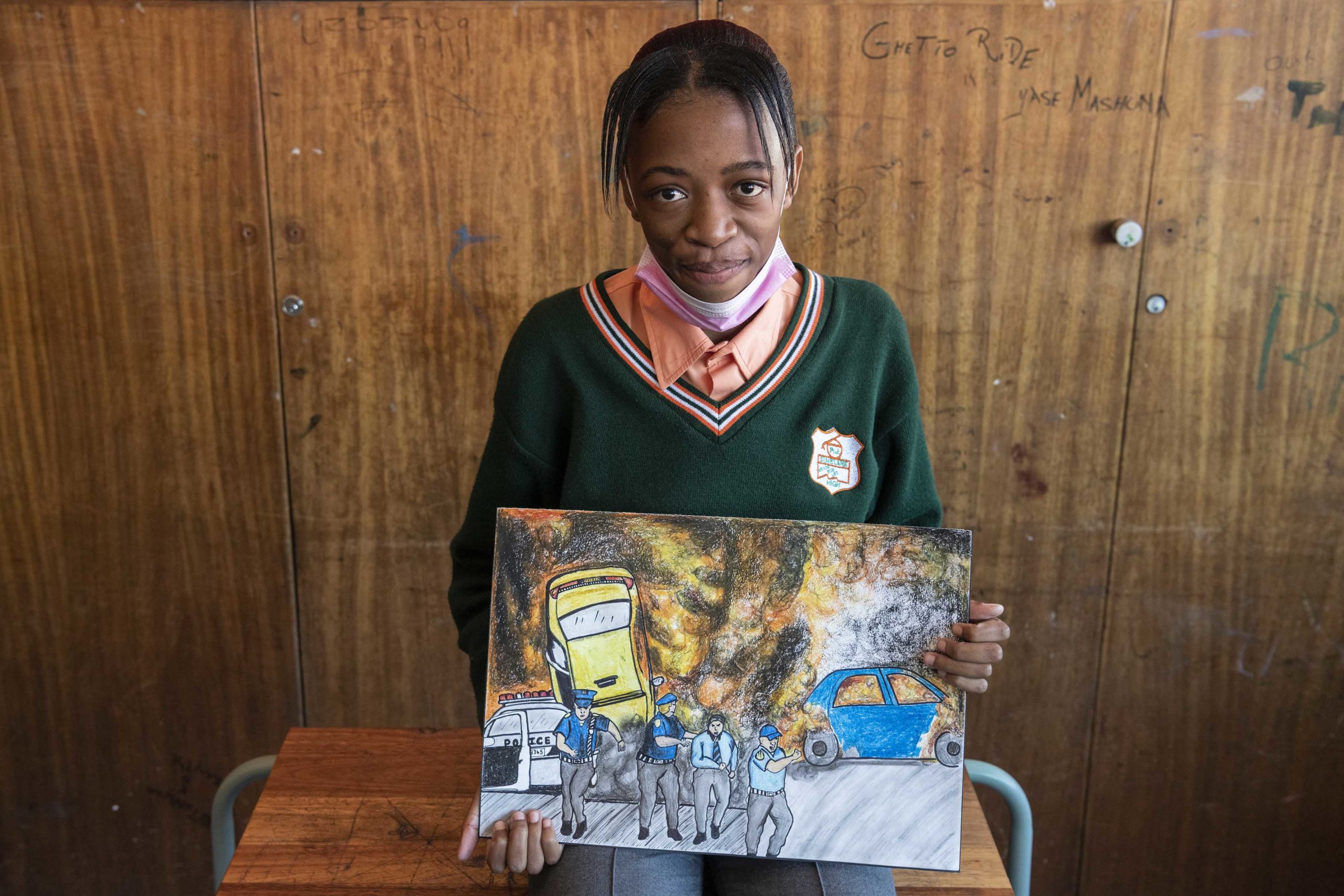
For celebrated visual and cross-disciplinary artist Senzeni “Mthwakazi” Marasela, her “evangelical mission” and that of the Senzeni Marasela Foundation is simple: to ensure visual art does not die in communities that already have limited access to it. The idea for her foundation, which is soon to be launched, developed when she worked as a visual arts teacher at PJ Simelane Secondary School in Dobsonville, Soweto, between 2014 and 2015. Simelane is the last no-fee school in the area offering visual arts as a subject up to Grade 12. Marasela wants to ensure it continues to do so.
The artist knows what the school faces in trying to keep offering visual arts up to matric. “One of the reasons teachers are afraid to come and teach in non-fee schools is absence of resources,” says Marasela.
This is what led her to make a call for support on social media in early February, asking for a donation of 50 chairs to the school’s arts centre, which doubles as a community hall, instead of giving her birthday presents. The response was overwhelming. In the end, with the help of fellow artists such as Frances Goodman and other well-wishers, more than 500 chairs were donated to the school, helping other classes as well.
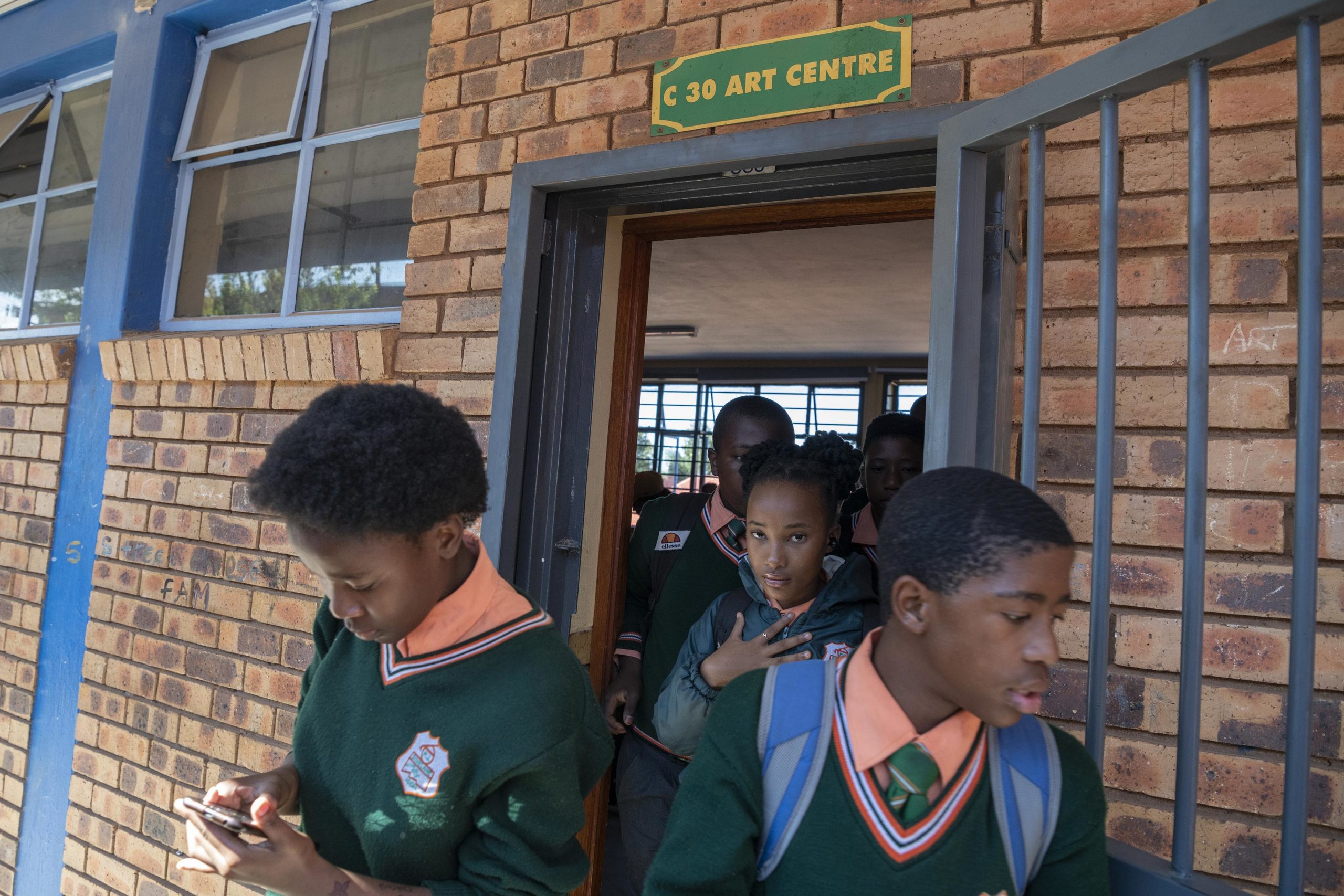

PJ Simelane Secondary is one of a few designated “magnet schools” in Soweto, a concept the Gauteng Department of Education introduced to provide “specialised skills such as music in disadvantaged communities”.
But the secondary school named after musician and writer PJ Simelane is on the brink of stopping its dedicated visual arts programme. It urgently needs materials to improve its artistic offering and the learners’ output. The 60 or so secondary schools in Soweto have already stopped their dedicated programmes, offering creative arts instead, which focuses on the foundational aspects of music, drama, dance and visual art.
“That is what I would like to fight for as an artist: for children to have access to visual arts as a full school subject,” says Marasela.
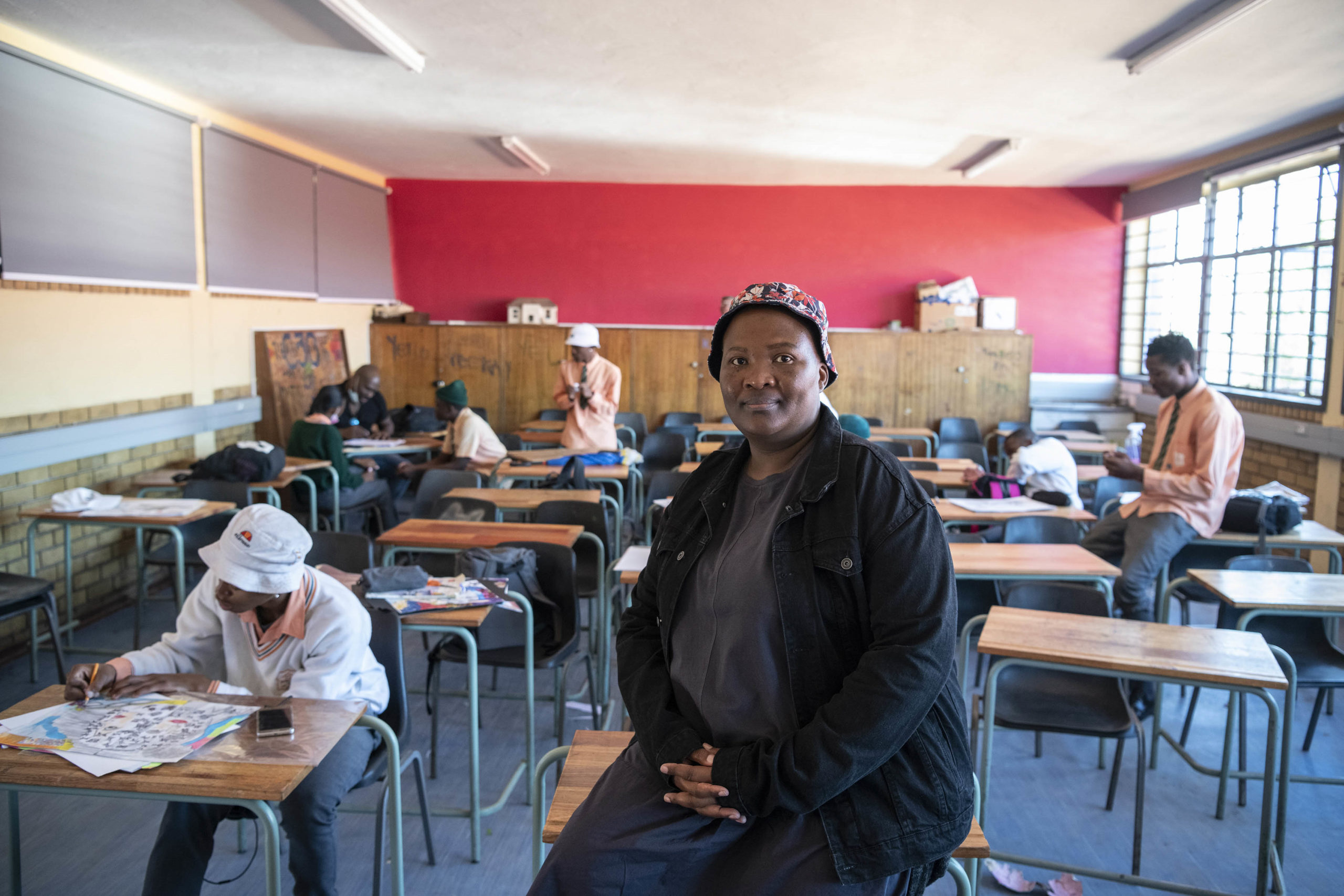

Addressing the problem
For deputy headmaster Solie Rivele, visual arts is as important as any other subject and needs to be supported through various interventions, including Marasela’s. “This school was built for the arts … so it is a no-brainer that visual arts together with music and other arts subjects are supported and should not be allowed to die,” says Rivele.
After working in curriculum development, Rivele saw first-hand how the visual arts portfolios of his learners were of a lower standard compared to other schools because the subject was neither prioritised nor supported. Though there has been pressure to phase out the programme at the school, Rivele is adamant it stays. In his view, all that is needed is for learners to be exposed to art and see to it as a prospective career.
For Bonolo Kgari, a grade 12 learner at PJ Simelane Secondary School, visual arts is important because it helps us understand the past. She craves exposure to the arts. “We need tutors to guide us, and we need to be able to go to galleries, and we need big artists to come and talk to us about art,” says Kgari.
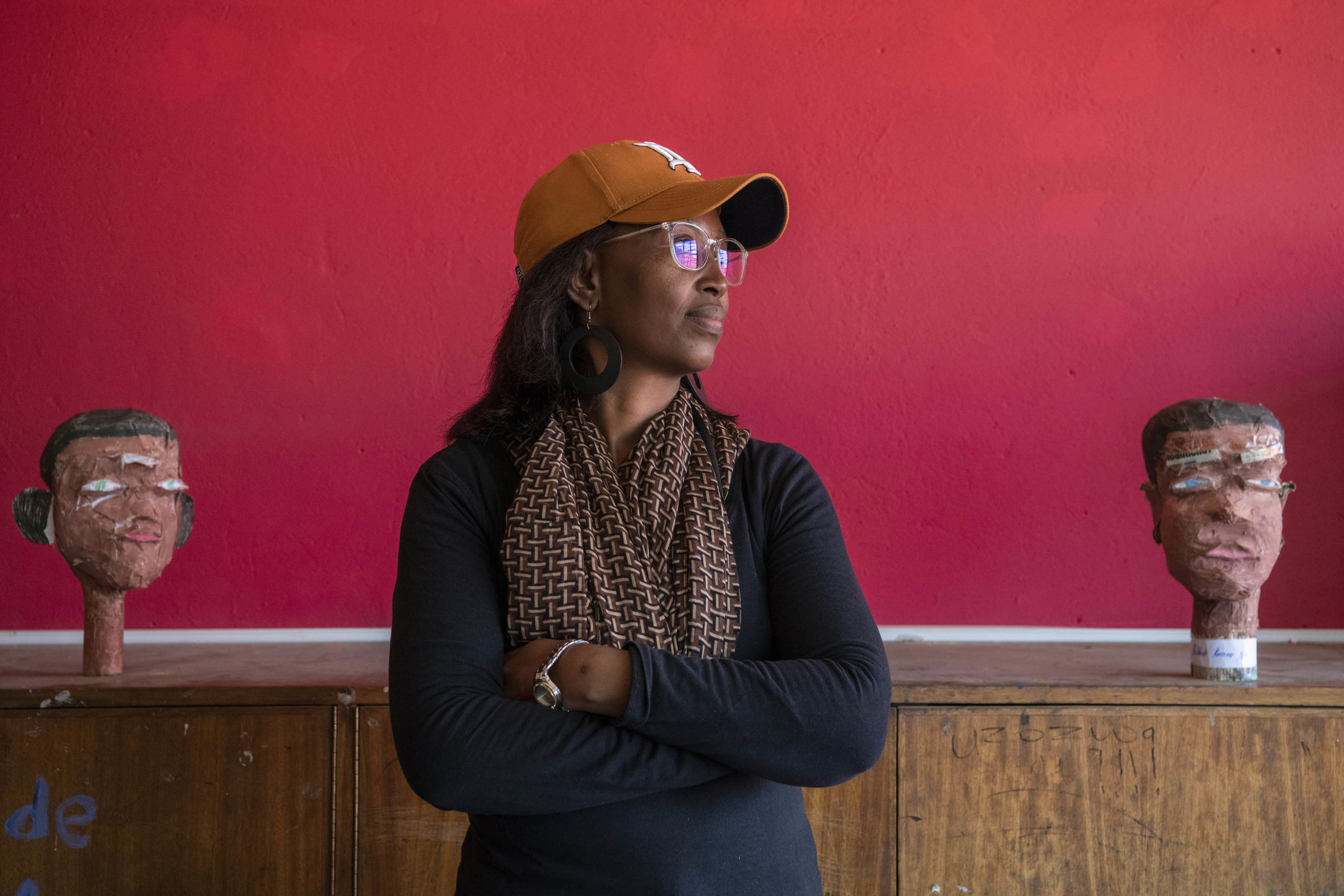

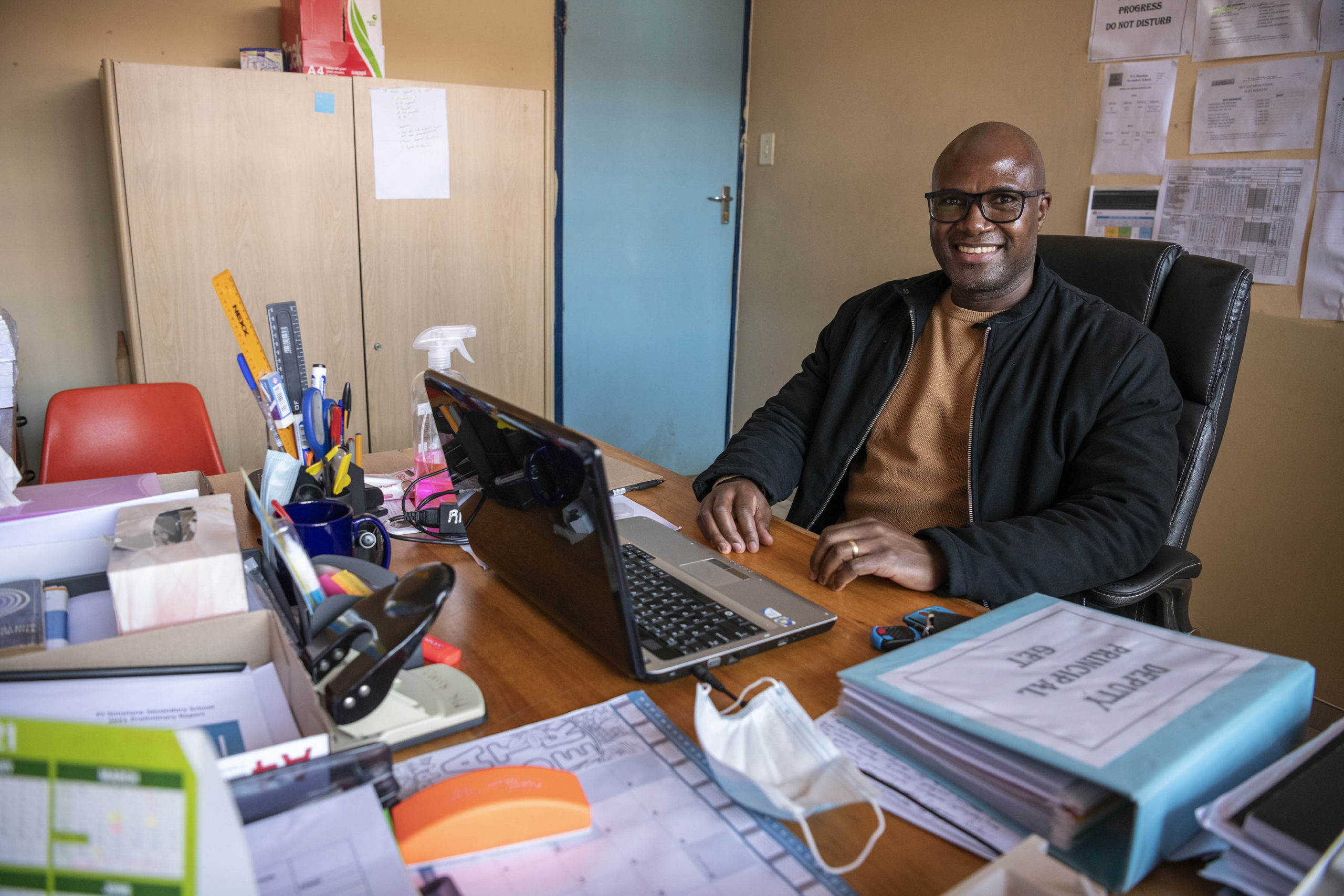

Visual and creative arts head of department Seitshiro Gaboutlwelwe faces a raft of problems: there is no dedicated art room, so the school hall must be used; art materials are expensive and school authorities are reluctant to spend on them; the district has no subject specialist, meaning the school has to outsource from other districts.
“An art class is supposed to be used by only art students, but we lack classes, and also the hall cannot be maintained as a proper art class, meaning everyone comes in and out, and on weekends the hall is used for community activities like churches,” says Gaboutlwelwe.
But trying to solve these problems is worth it for her because visual arts will not only benefit art learners but also the rest of the school. “We can use art to remedy other situations learners have experienced, especially learners with barriers who can use art as a therapy and to express themselves. Art is not only about painting and drawing – it is the only subject where learners get to express themselves.”
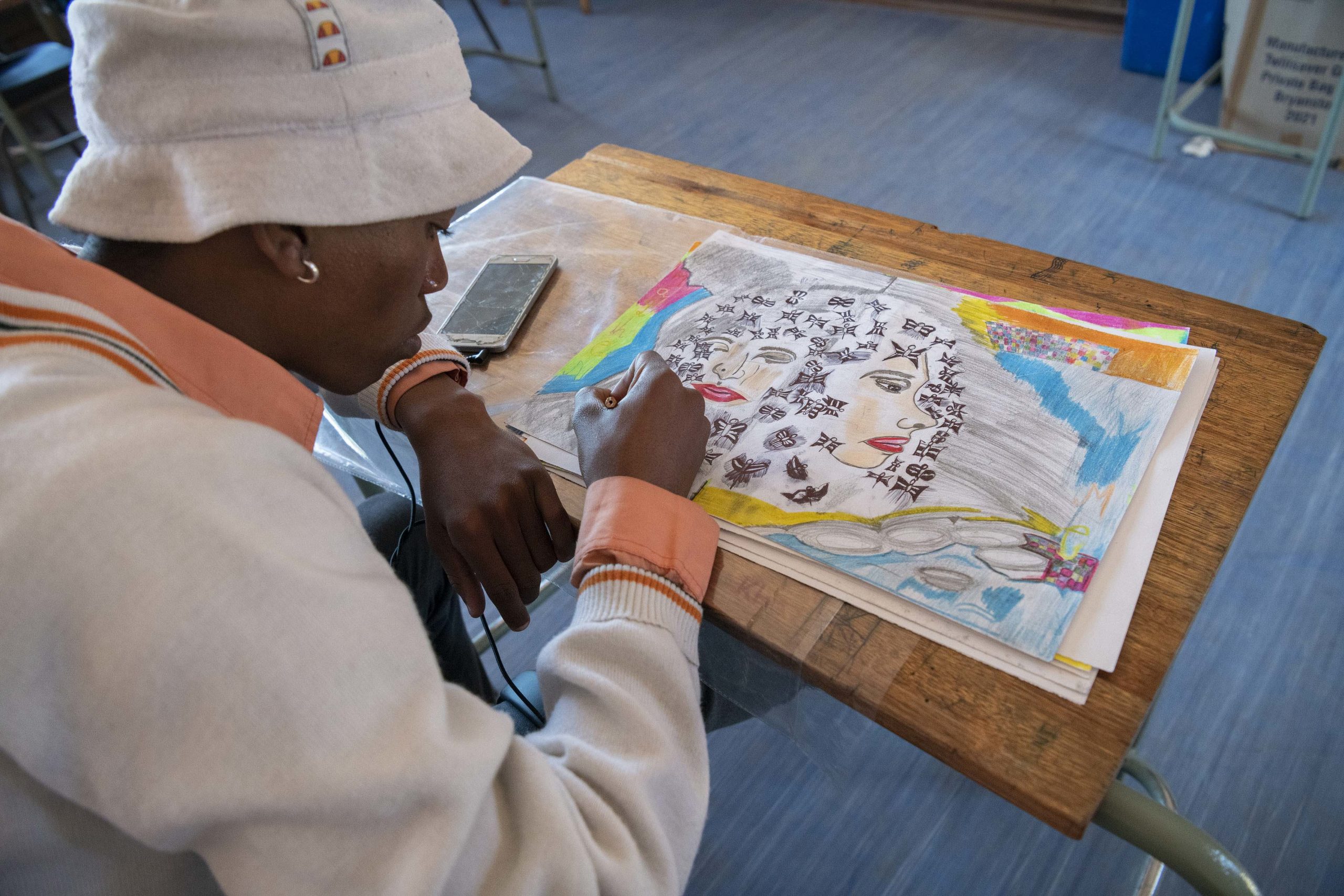

Imagining futures
Studies echo her sentiments, showing how learners who do art do well in other subjects such as maths and science, in addition to helping them with overall development. Visual arts is a way for learners to express themselves as well as imagine alternative realities.
Malibongwe Mtshali is a grade 12 learner doing art at PJ Simelane Secondary School. “Art is an expression of feelings, people express themselves via their drawings, and via arts and every artwork we portray has a story to tell, a narrative,” says Mtshali.
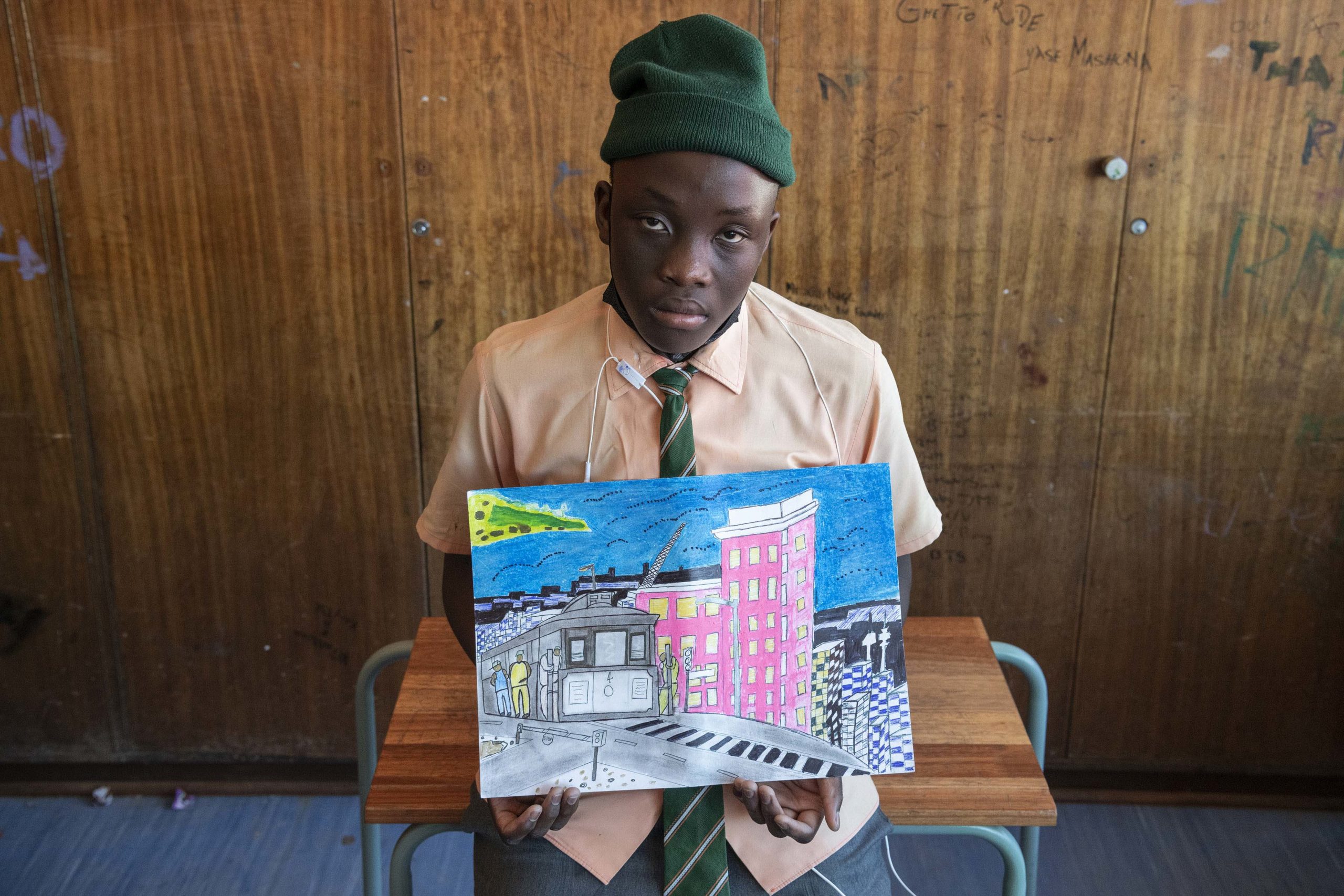

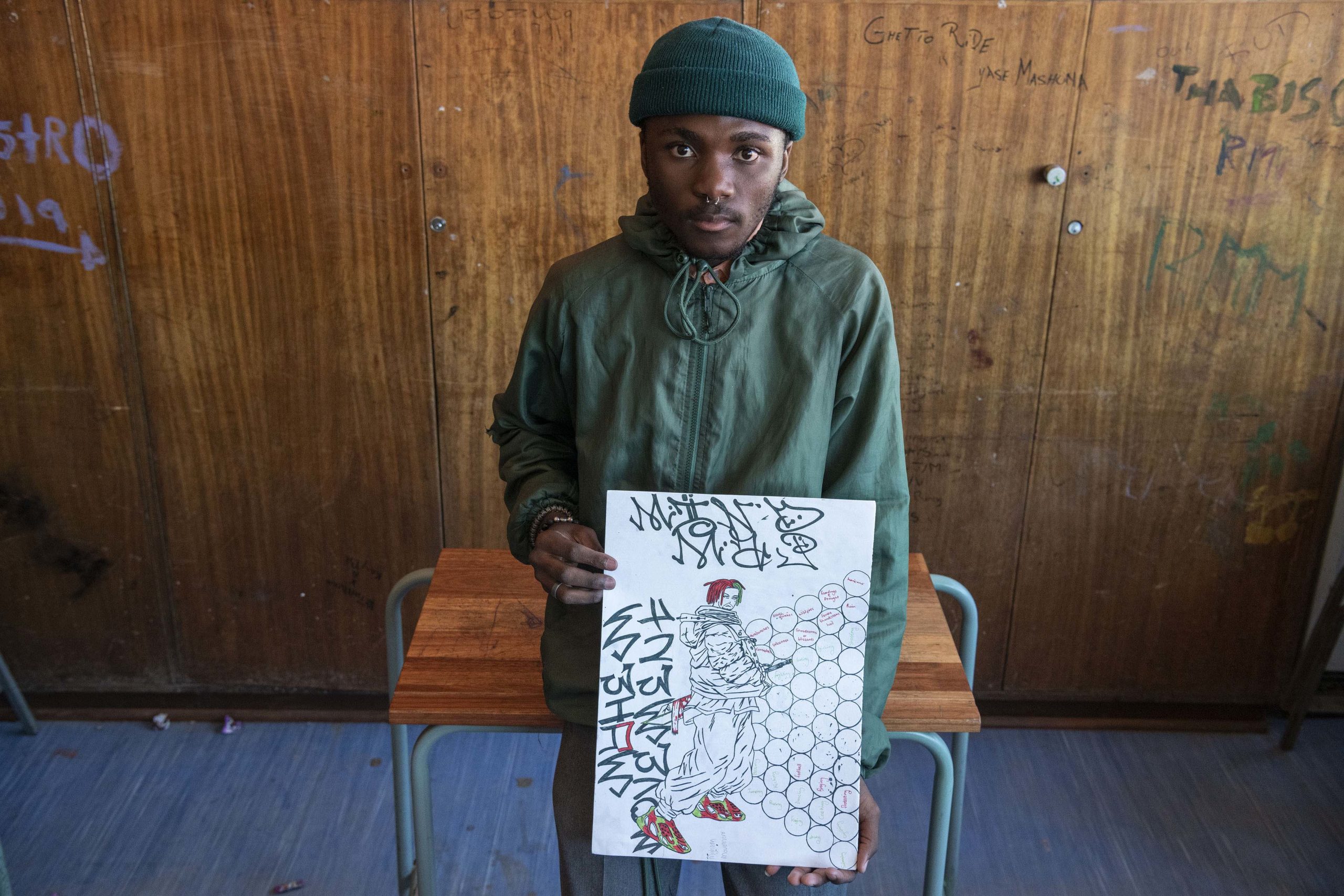

The situation at PJ Simelane Secondary School is symptomatic of a wider education system that seems not to value creativity in the same way it does the subjects that fall under science, technology, engineering and maths. The tragedy is that township learners are deprived of the proven benefits of visual arts, and those who wish to and can afford it end up sending their children to schools outside of Soweto.
For Marasela, what started off as a birthday wish has now morphed into a foundation that will continue to support visual arts education beyond PJ Simelane Secondary School. “Schools are only as good as the community that supports them,” says Marasela.
